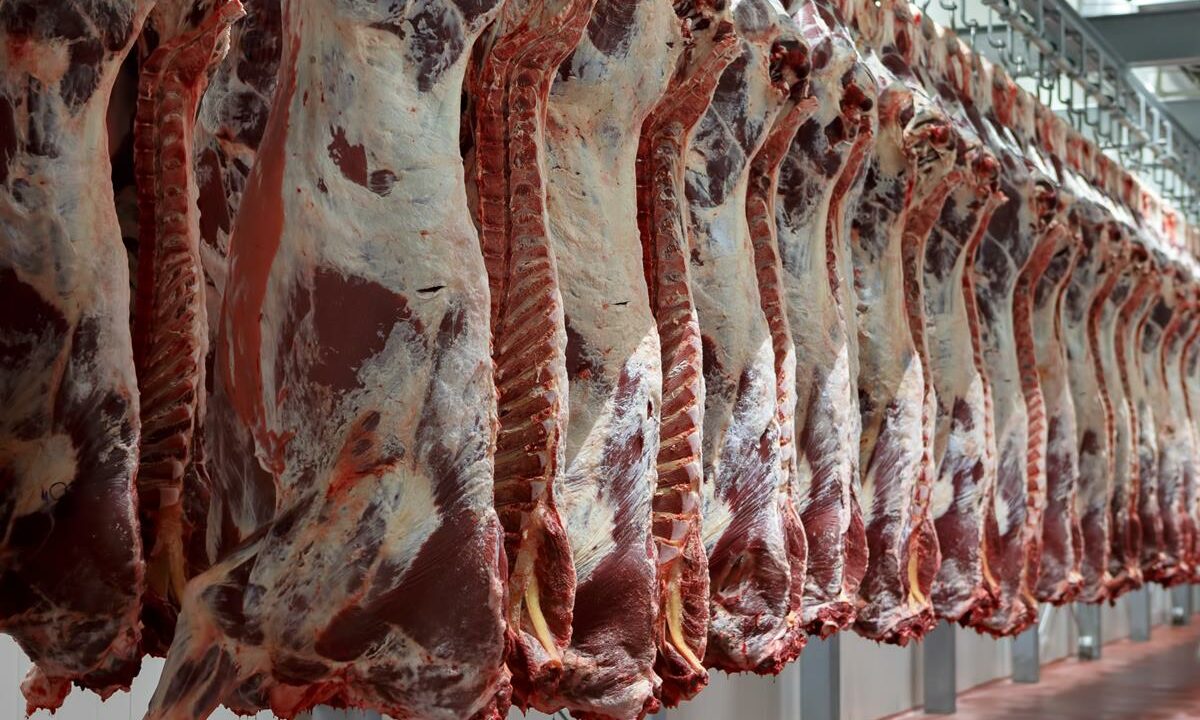Beef production in the EU is growing “more than anticipated“, according to the latest short-term outlook report published by European Commission.
The report – which was published on Wednesday, October 3 – claims that this growth is due to a reduced suckler herd and farmers bringing forward slaughterings due to a shortage of forage.
The net beef production for 2018 is forecast to reach eight million tonnes; 1.6% higher than in 2017.
For 2018 as a whole, the report predicts growth of 6% in beef imports.
South American countries became most dominant on EU markets, accounting for nearly 80% of imports, according to the report. These South American countries are being led by Brazil and Argentina, while imports from Uruguay declined, the report added.
EU imports are expected to slow down in the second half of 2018 and in 2019, but key partners will continue to export to the EU – especially if prices remain attractive compared with other destinations, the report explained.
Meanwhile, EU beef exports were 11% lower in the first half of 2018 – but that is compared with “exceptionally strong exports” in the corresponding period last year.
In terms of EU exports of live bovine animals, figures for the half of this year are reportedly 11% higher versus the same period in 2017.
The report noted that live exports are expected to weaken significantly in the second half of 2018 – restricting growth for the year to 1.5%.
The inflation and devaluation of the Turkish lira, as well as expected competition from other exporters, such as Uruguay and Brazil, have been identified as the key contributing factors.
Live exports are expected to stabilise in 2019, the latest report stated.
